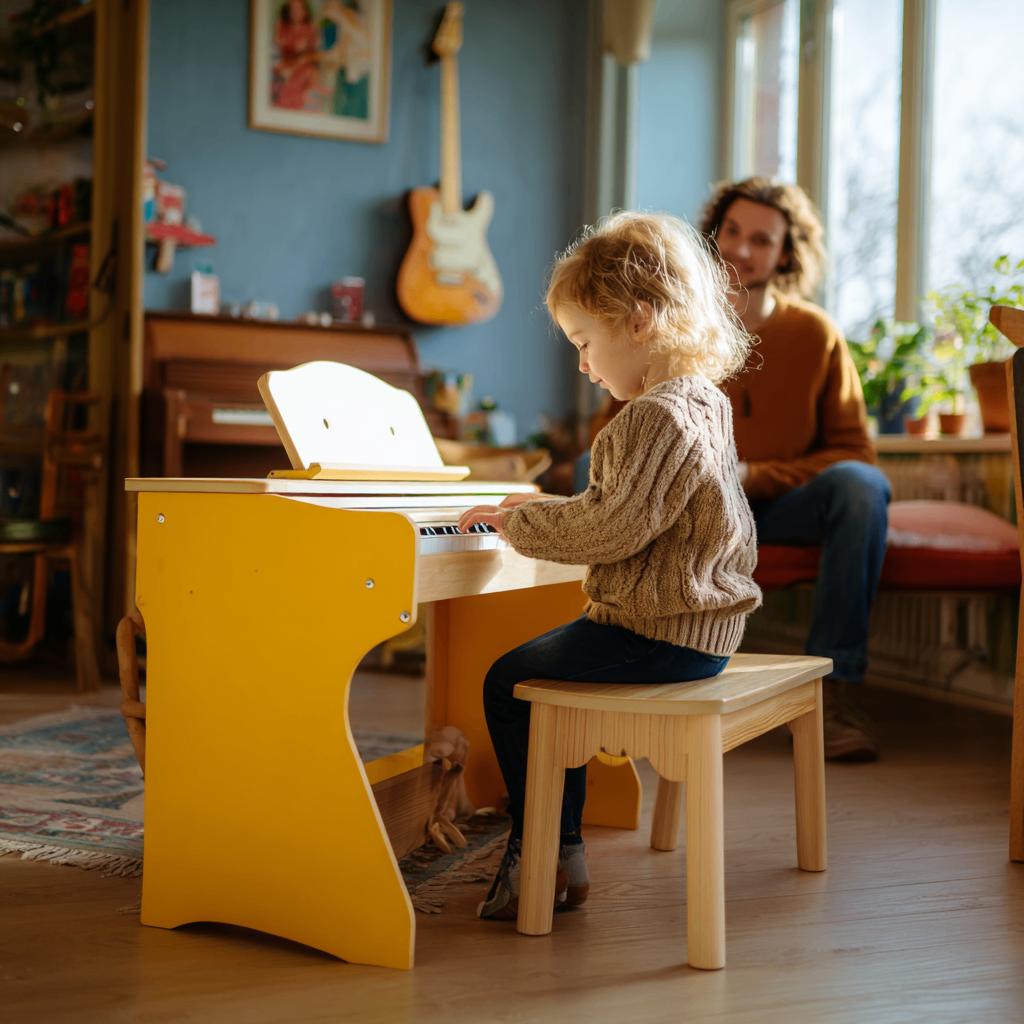Starting a child’s musical journey is exciting, but parents often ask: “Which instrument should my child begin with?”The right choice can inspire passion, build confidence, and make learning fun. The wrong choice can frustrate both child and parent—especially if health or physical limitations are not considered.
This guide explains which instruments are generally easiest for kids to learn and how to choose one that suits their physical abilities, ensuring a joyful and safe start to music education.

Why It’s Easy:
Health Considerations:
Why It’s Easy:
Health Considerations:
Why It’s Easy to Start:
Health Considerations:
Why It’s Easy:
Health Considerations:
Why It’s Easy:
Health Considerations:
Choosing alone can be difficult. A professional music school offers:
The best first instrument is one that:
Piano, ukulele, violin, percussion, or voice lessons are great, accessible options. As children grow stronger and more confident, they can explore more challenging instruments—even mastering multiple over time.
By enrolling in a trusted music school, you ensure your child receives professional guidance, health-conscious support, and a joyful start to a lifelong journey in music.